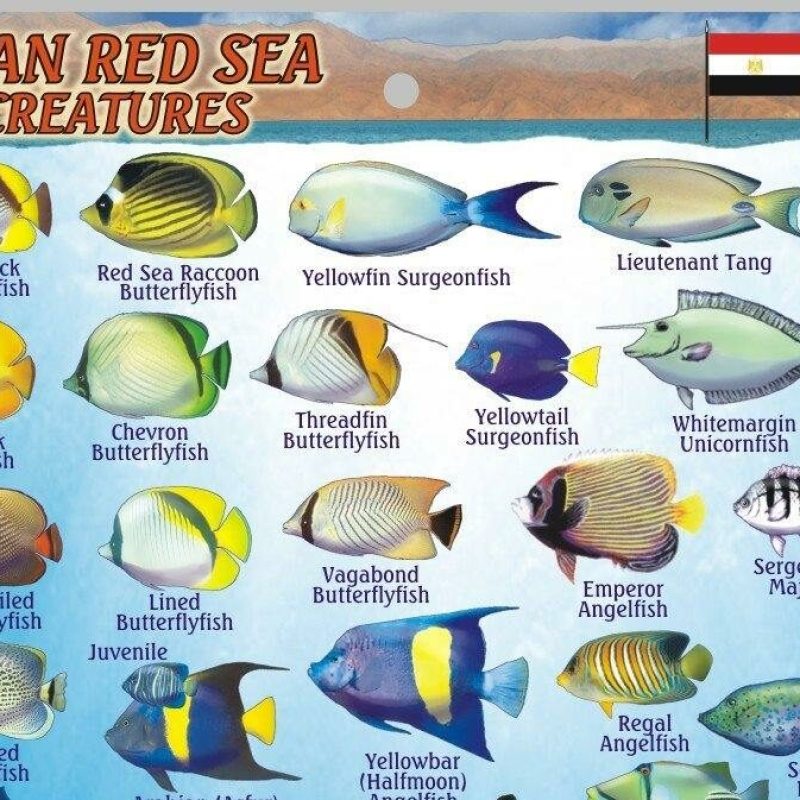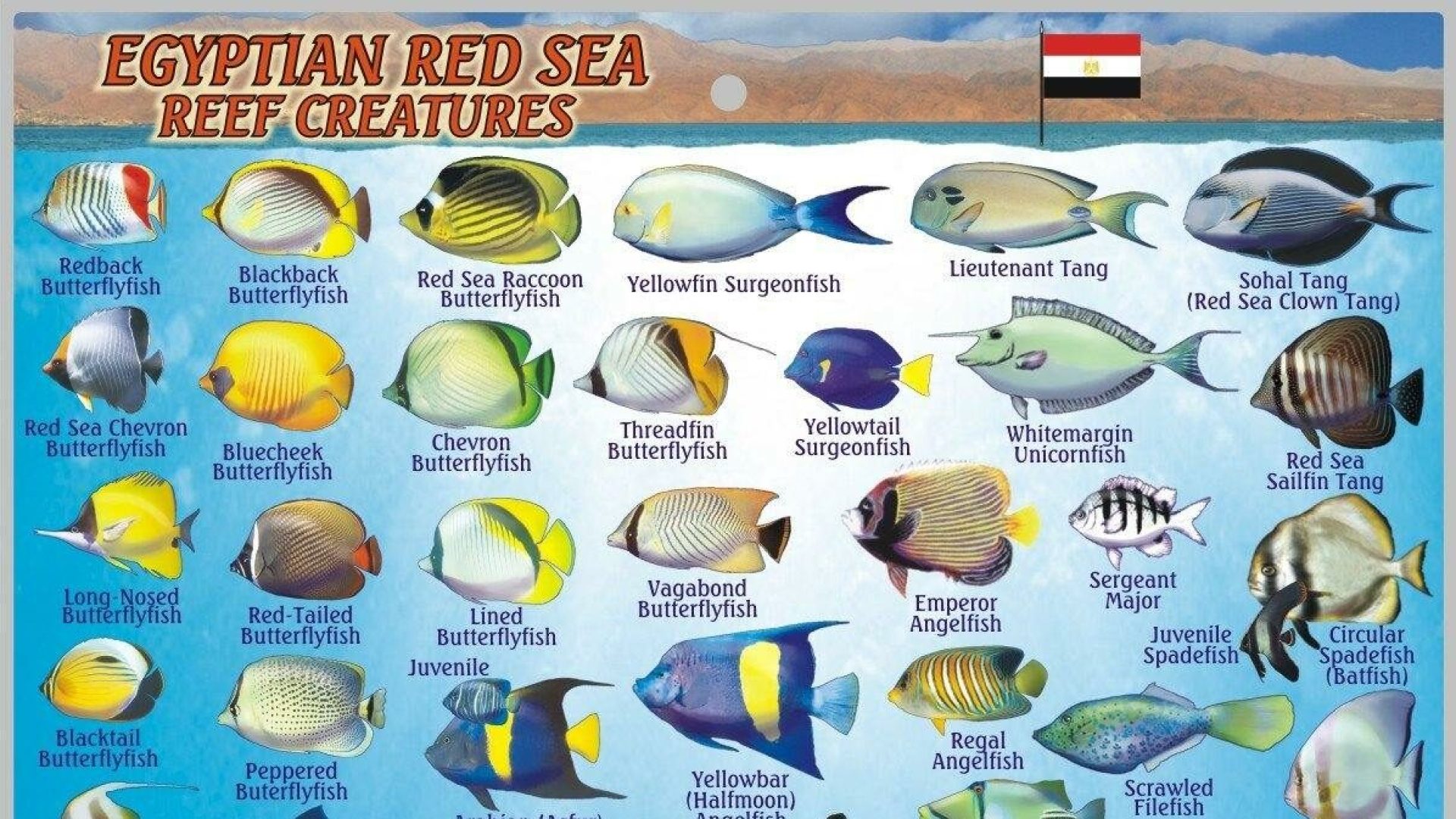The Gulf of Aqaba is home to over 100 coral species, 800 fish species, mammals such as dolphins, whales and whale sharks and endangered species such as manta rays and scalloped hammerheads. The narrow gap at the Straits of Tiran produces strong currents which attract abundant marine life.
How are the walls of Coral being Formed?
The Mountains and fossilised coral reefs walls on each side of the Gulf of Aqaba are being formed by ongoing seismic activity. This is pushing Arabia east and the Sinai Peninsular west by about 10mm per year. These activities are forming a deep trench of nearly 2km (1,850m) at the deepest point of this 160k long and narrow (24km max) strip of water.

What was Snorkelling in Dahab Like in the 1990’s?
A few decades ago we swam around Dahab with our lads among rays, turtles, lionfish, parrotfish, Napoleon fish, barracudas, moray eels, octopus and a vast variety of other fish. During a one-week family holiday the six of us, simply by snorkelling with very little effort, spotted nearly all the sea creatures on the above and following card in abundance.


There is the sea, vast and spacious,
teeming with creatures beyond number—
living things both large and small.
Psalms 104:25
However, the water is no longer crystal clear, and the coral walls are no longer teaming with vast varieties of large and small fish.
Why have Fish Sizes and Numbers Decreased so Drastically?
What is happening? I have not yet met anyone who knows for sure what is happening or is doing anything about it. Local Bedouin blame the tourists’ sun lotion for the slightly hazy water and suspect that the loss of fish is simply from overfishing. Other people say sewage is being drained into the sea. Just a few suspect that the brine waste from the water desalination plants may have something to do with it.
How Widespread is Water Desalination?
As clean water has become scarcer, particularly in arid countries such as the Middle East and North Africa, more and more water and desalination plants are being built. According to the UN there are now 16,000 plants worldwide. These plants are especially concentrated around the Gulf where water is in high demand and fossil fuels are available for the power-hungry desalination processes. For every litre of drinkable water 1.5 litres of salty waste brine need to be discarded somewhere. This is usually drained straight back into the sea where it tends to sink to the bottom [1].
How is Desalination Waste Dealt With?
Waste from desalination contains chloride and copper. Where increased sea temperatures combine with increased salinity less oxygen can be dissolved in the water. Such toxic conditions form ‘dead zones’, where few organisms can live.
Scientists are seeking ways to ‘mine’ the useful elements from this toxic brine, but breakthroughs are needed to find ways to make this economically attractive and viable.
What Future Developments Might Affect the Gulf of Aqaba?
Red Sea to Dead Sea Canal

The Red Sea-Dead Sea Conveyance or Red-Ded Canal is a 180km underground pipeline to transport water from the Gulf of Aqaba to Jordan, Israel, and the West Bank. The aim is to supply desalinated water to these three nations and top up the Dead Sea with the waste brine. The project was proposed in the late 1960s, and has had numerous studies and agreements but has not happened. It’s effect on the Gulf of Aqaba is said to be minimal [2].
Neom (neo meaning new in Greek plus Mostaqbal meaning Future in Arabic)

Saudi Arabia’s high tech futuristic city, Neom, on the eastern side of the Gulf of Aqaba opposite Sharm el Sheik will significantly increase the population dependent on the Gulf’s water. The Neom project promises to use renewable energy to desalinate the sea water to sustain this new city and to utilise the brine for industry rather than drain it back into the sea. There’s only one hitch – using renewable energies with desalination plants has to date not yet been successful[3].
Who is Researching the Coral and Marine Life?
Independent research is needed to understand clearly what is happening to the sea, the corals, and the fish around the Gulf of Aqba. Public awareness, of both citizens and tourists, are also needed to help prevent destructive practices and mitigate their effects to protect the beauty and life of these most precious coral coastlines with their abundant marine life.
Reflection
Might this be a project or even life vocation for you or someone you know?
If you know why the fish numbers and variety are diminishing so rapidly around Dahab and the Gulf of Aqaba and practical ways to help, please comment, or better still come and get involved!
References
[1] Concerns over increase in toxic brine from desalination plants. 14 January 2019, Matt McGrath. https://www.bbc.com/news/science-environment-46863146
[2] Red Sea–Dead Sea Water Conveyance https://en.wikipedia.org/wiki/Red_Sea%E2%80%93Dead_Sea_Water_Conveyance
[3] Neom: What’s the green truth behind a planned eco-city in the Saudi desert? 22 February 2022, Merlyn Thomas and Vibeke Venema, BBC News. https://www.bbc.com/news/blogs-trending-59601335


